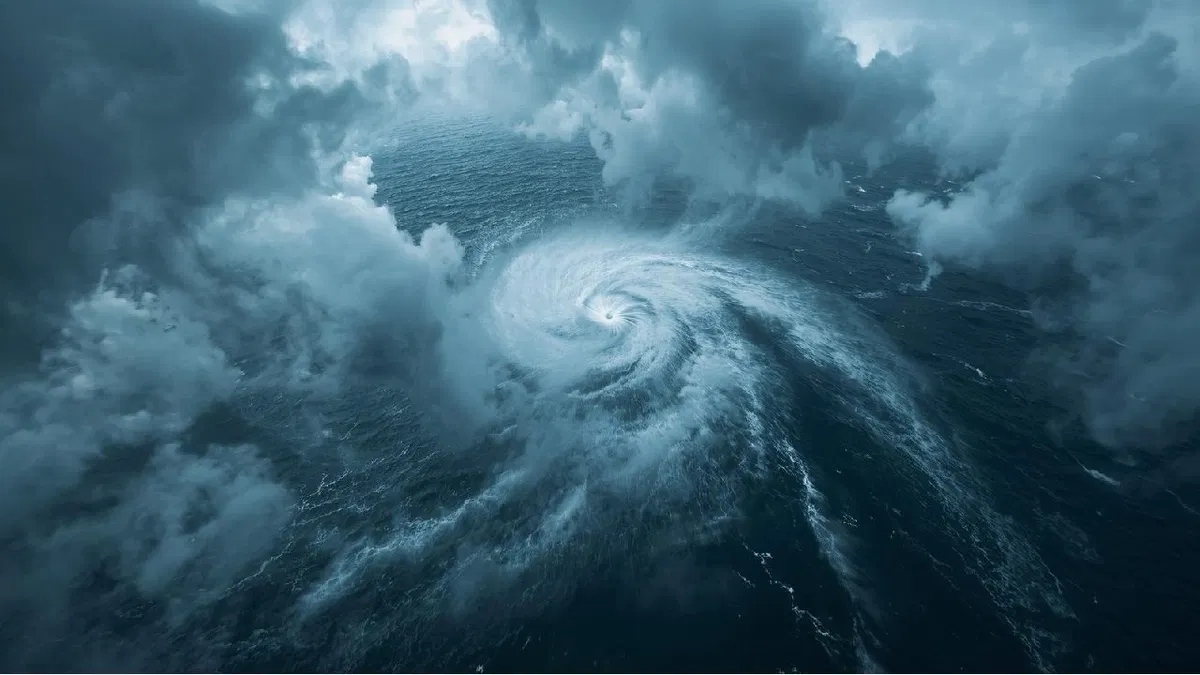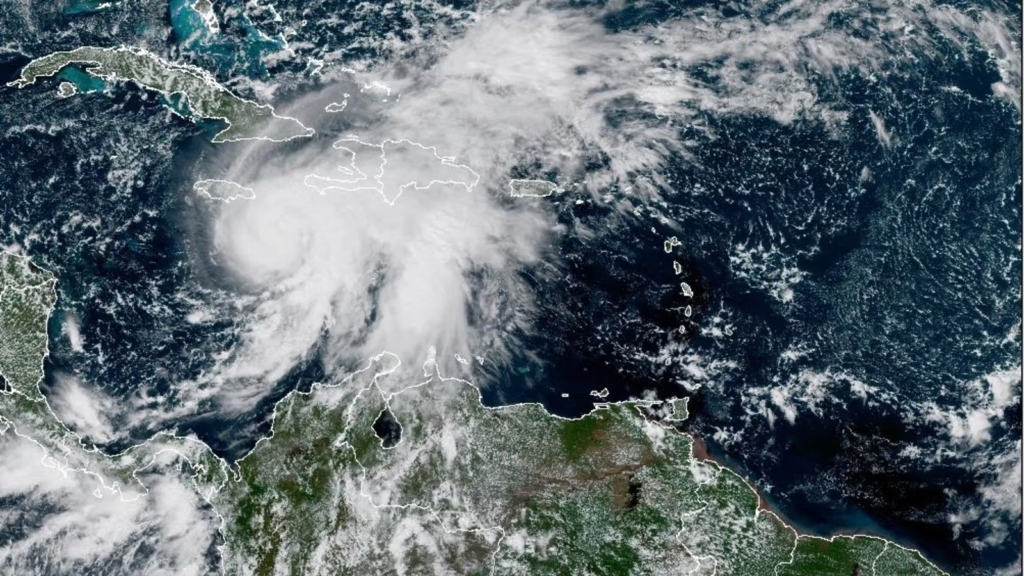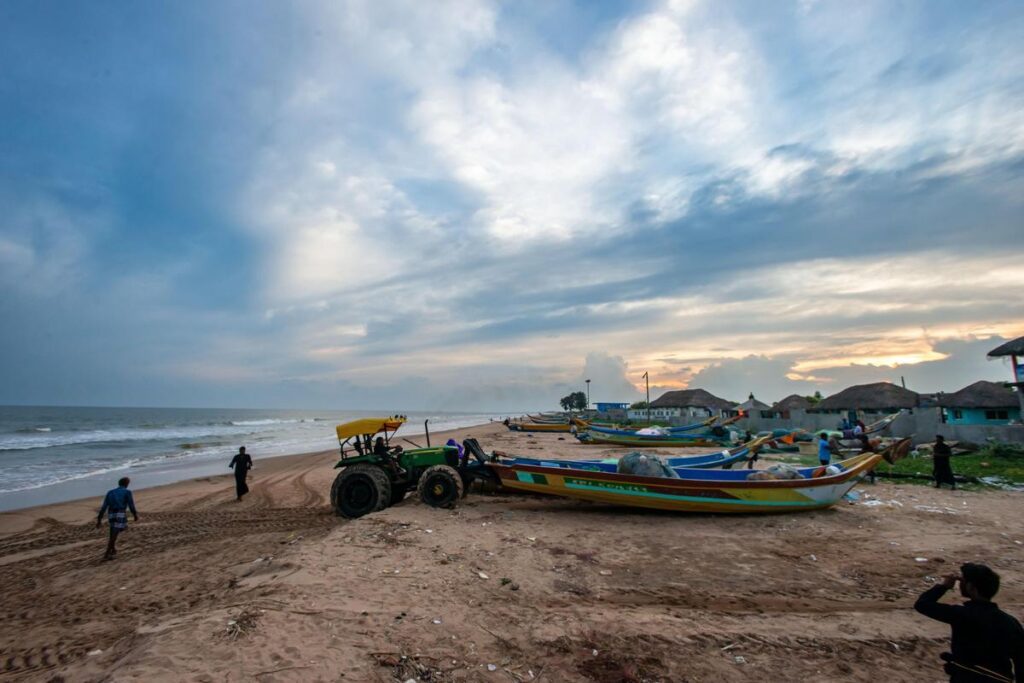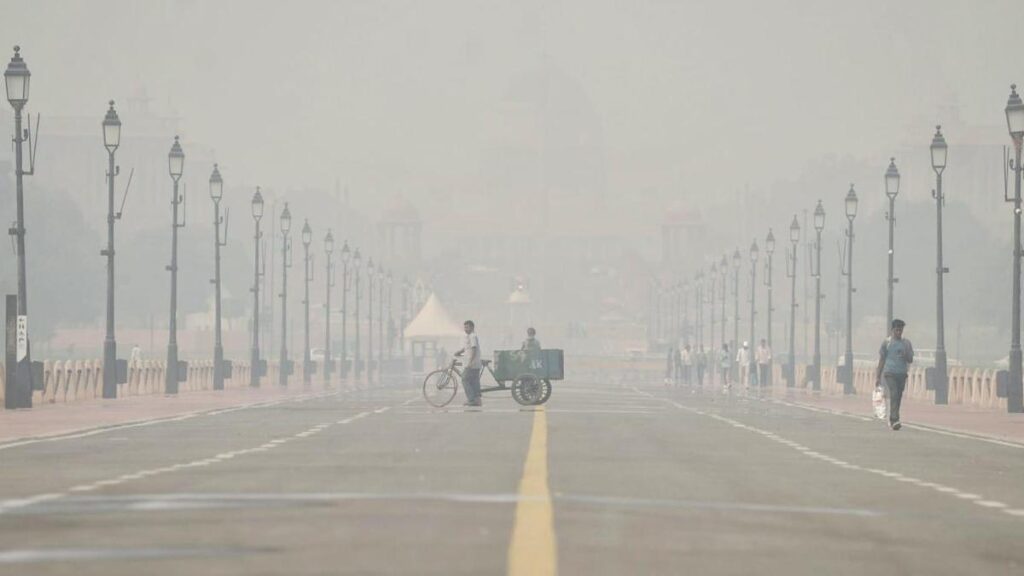Now Reading: Cyclone Montha on the Horizon: Coastal Andhra and Odisha Brace for Impact
-
01
Cyclone Montha on the Horizon: Coastal Andhra and Odisha Brace for Impact
Cyclone Montha on the Horizon: Coastal Andhra and Odisha Brace for Impact

The east coast of India is preparing for one of its most serious storms this year as Cyclone Montha approaches with full force. The storm is forecast to make landfall near Kakinada on the evening of October 28, prompting red-level alerts across coastal districts. For residents of smaller towns and villages in Andhra Pradesh and Odisha, the coming days call for caution, readiness and vigilance.
Storm Path and Intensity
The meteorological reports show Montha strengthening over the southeast Bay of Bengal. Its projected path runs west-north-west towards the Andhra coast between Machilipatnam and Kakinada. Wind speeds are expected to range between 90–100 km/h, with gusts possibly reaching 110 km/h as the system reaches land. Heavy to very heavy rainfall is also predicted in low-lying areas.
The sea is expected to become choppy with storm surges of about one metre above the normal tide in vulnerable coastal stretches. Fisherfolk have been advised to stay ashore, and maritime activity remains suspended until the situation stabilises.
Impact on Andhra Pradesh and Smaller Towns
Districts such as Kakinada, Konaseema, and West Godavari have already been placed on high alert. Evacuations have begun in flood-prone zones and coastal settlements. Schools are shut down, public services are being scaled back and shelter facilities are being activated.
In Tier 2 towns where infrastructure is more fragile, the risks are higher. Overflowing drains, fallen trees and power interruptions can disrupt life quickly. Households are being urged to secure loose objects, store essentials, and avoid unnecessary travel from the evening of October 28 into the early hours of October 29.
Odisha’s Readiness and Coastal Vulnerability
Across the border, Odisha is also mobilising disaster-response teams and activating cyclone shelters in districts previously under alert. Districts from Ganjam to Rayagada have been flagged for intense rainfall and wind. Roads, communications and relief supplies are being prepared ahead of the storm’s landfall.
In smaller Odisha towns that depend on agriculture or fishing along the coast, even routine activity is being halted. The storm will affect not only coastal zones but also reach inland areas through rivers, canals and drainage systems, raising the risk of flooding beyond the immediate coast.
Precautionary Measures for Households
• Secure your home: Bring indoors any loose items, tarps, tin-sheets or outdoor furniture that strong winds could turn into hazards.
• Stay away from the coast: Restrict travel, especially for students, elderly or those in unstable housing. Mistimed movement could put lives at risk.
• Monitor local advisories: Keep a battery-operated radio or phone handy for updates, and remain in touch with ward or panchayat officials.
• Protect resources: Stock essential supplies like drinking water, torchlights, first-aid kits and mobile backups. In towns where power outages are likely, having alternatives matters.
Conclusion
Cyclone Montha is not just a headline—it is a weather event with real consequences for coastal communities, especially in smaller towns where resources and response capacity may be weaker. The next 48 hours will test readiness, communication and resilience. For residents of Tier 2 cities and surrounding rural areas, paying close attention, following official directions and preparing early could make all the difference when the storm hits.

























